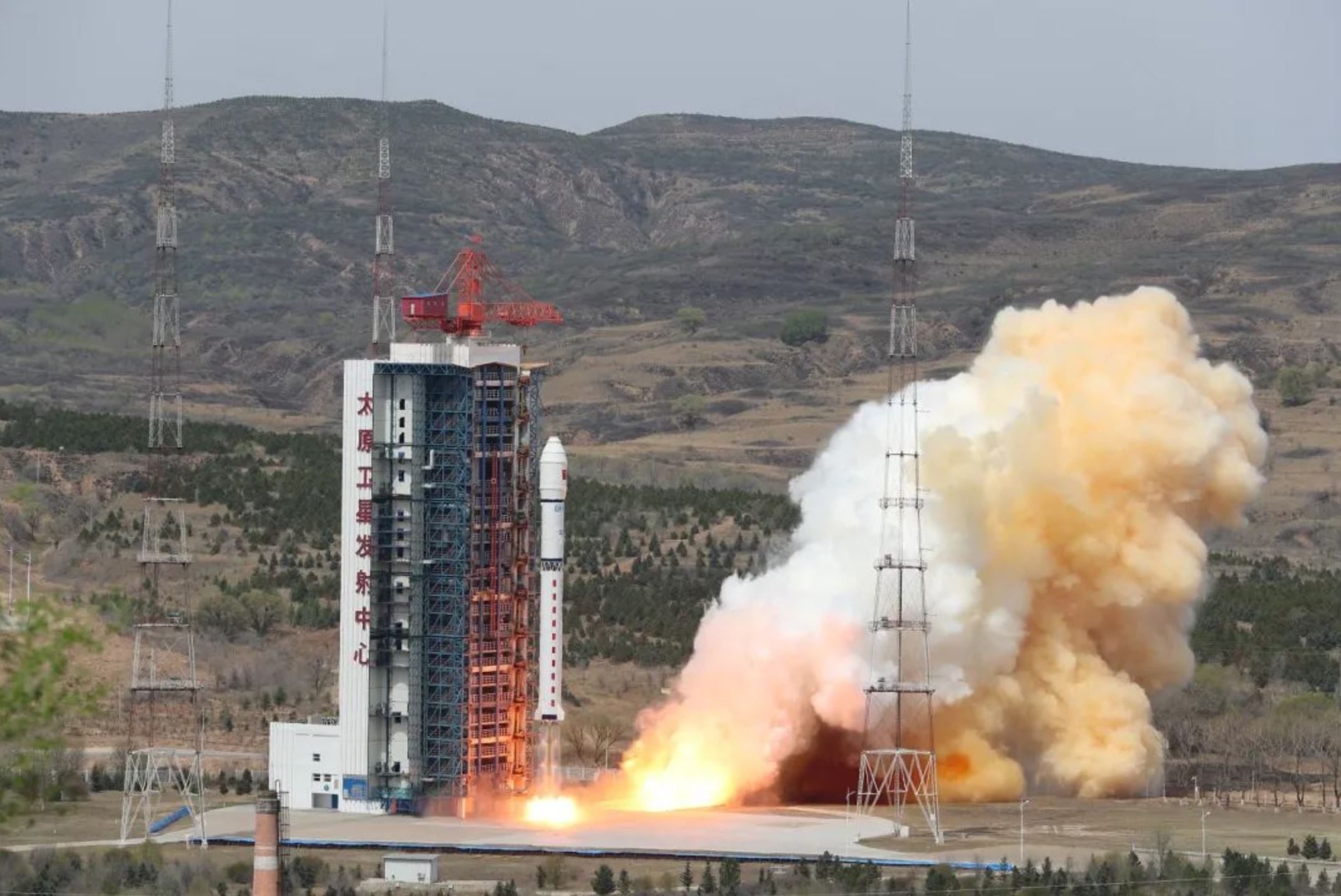HELSINKI — A Chinese satellite manufacturer and constellation operator says it has successfully demonstrated space-to-ground high-speed laser communications which could help China break bottlenecks in getting data from space down to the ground.
Changguang Satellite Technology (CGST) recently carried out the test with its Jilin-1 MF02A04 remote sensing satellite. The test was conducted in cooperation with the Aerospace Information Research Institute (AIR) of the Chinese Academy of Sciences (CAS).
Changguang Satellite Technology itself an offshoot from the state-owned Changchun Institute of Optics, Fine Mechanics and Physics (CIOMP) under the Chinese Academy of Sciences (CAS).
Established in 2014, CGST now has 108 remote sensing satellites in orbit and aims to expand its Jilin-1 constellation to 300 satellites by 2025.
Chen Shanbo, chief designer of Jilin-1 MF02A04, said in a statement that the test was the first ultra-high-speed (10Gbps) for commercial applications in China, and signals numerous breakthroughs in key technologies.
The connection speeds during the tests achieved 10 Gbps, far above the previous best of 1 Gbps using radio frequency transmissions.
The AIR team told state media that a number of technologies were developed for the tests, including atmospheric channel prediction, task planning and scheduling, rapid capture, signal chain construction and adaptive optical correction of laser signals, and error-free transmission under complex atmospheric conditions.
Jilin-1 satellites generally deliver panchromatic imagery with a resolution of between 0.50 and 0.75-meters. Other satellites in the constellation have video, multispectral, multipurpose, infrared and other capabilities. CGST published images delivered to Earth through the transmission tests.
State media noted the breakthrough will improve the transmission capacity and security of China’s space information network.
The breakthrough could enable China to increase its transmission rates as the number of planned low Earth orbit constellations grows. With the additional use of inter-satellite laser links, this could help China overcome some of the challenges of a relatively lower level of global ground station infrastructure.
However, while the tests proved the accuracy required from narrow beam optical transmissions of data to the ground through the atmosphere, other aspects such as the development of economical optical terminals were not discussed in Chinese sources.
In a related development CGST launched 41 new Jilin-1 satellites June 15. Among these were the Jilin-1 02A 01 and 02 satellites, based on a new satellite platform. The pair carry laser communication payloads which will be used to verify inter-satellite and satellite-ground high-speed communication technologies.
Satellite ground segment providers around the globe are looking at the viability of satellite-to-ground optical communications, noting both challenges and opportunities.
National space agencies and the U.S. Space Force have also been developing laser communications experiments and systems. NASA’s Pathfinder Technology Demonstrator 3 (PTD-3) mission has demonstrated 200 Gbps downlink rates.
In China, commercial companies such as Deep Link Communications and Laser Starcom, both established with core personnel formerly of CAS and other state-owned aerospace players, are developing inter-satellite and other space laser communication technology products.
